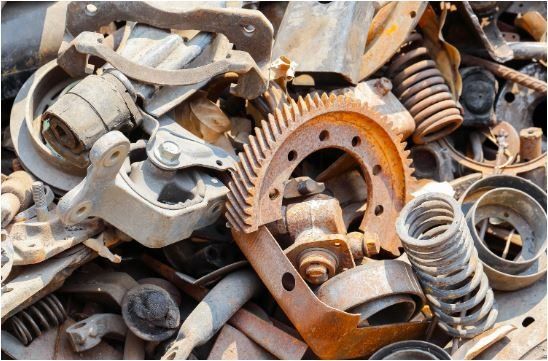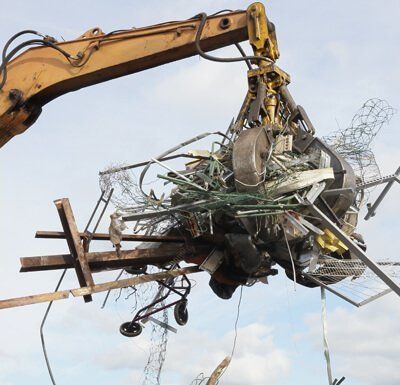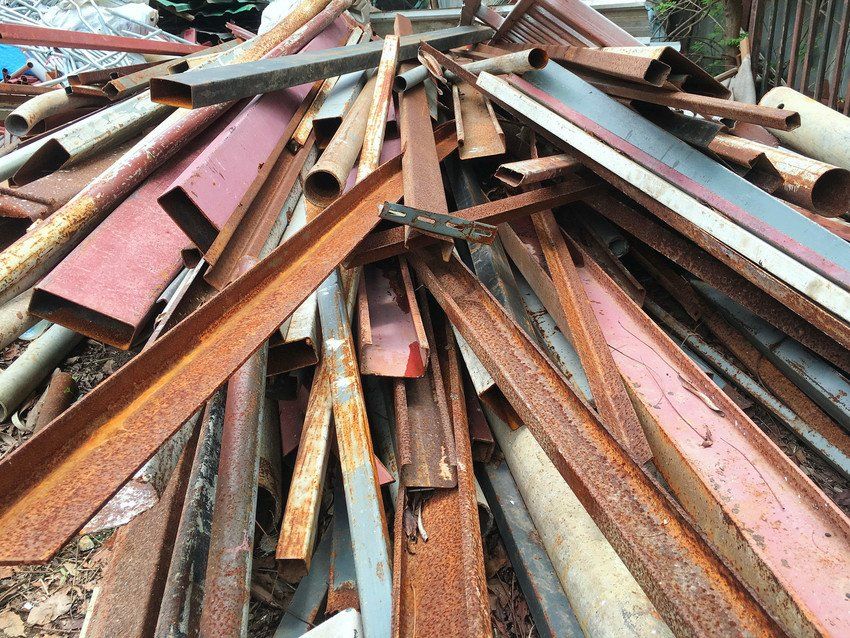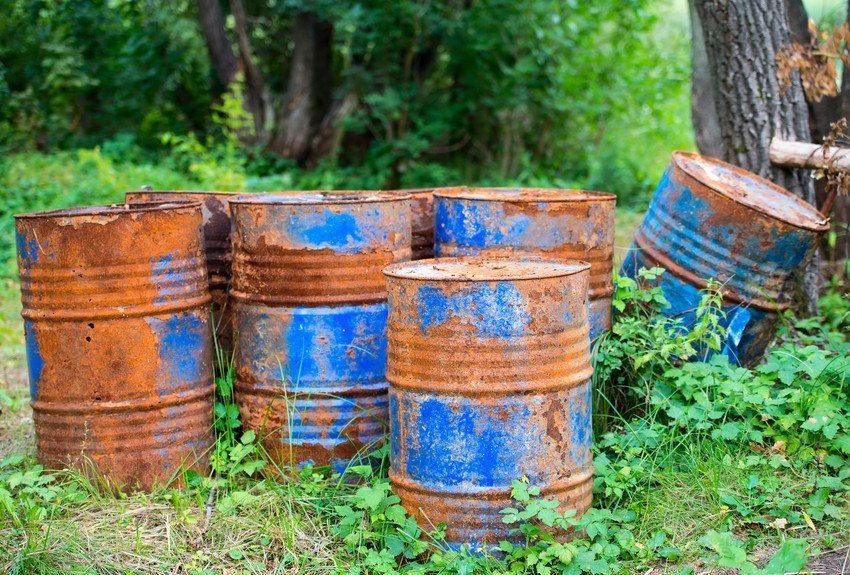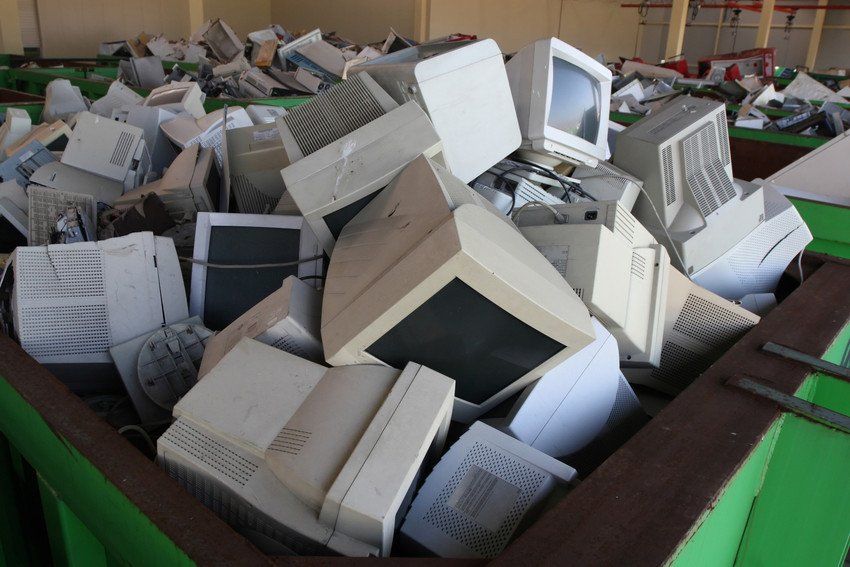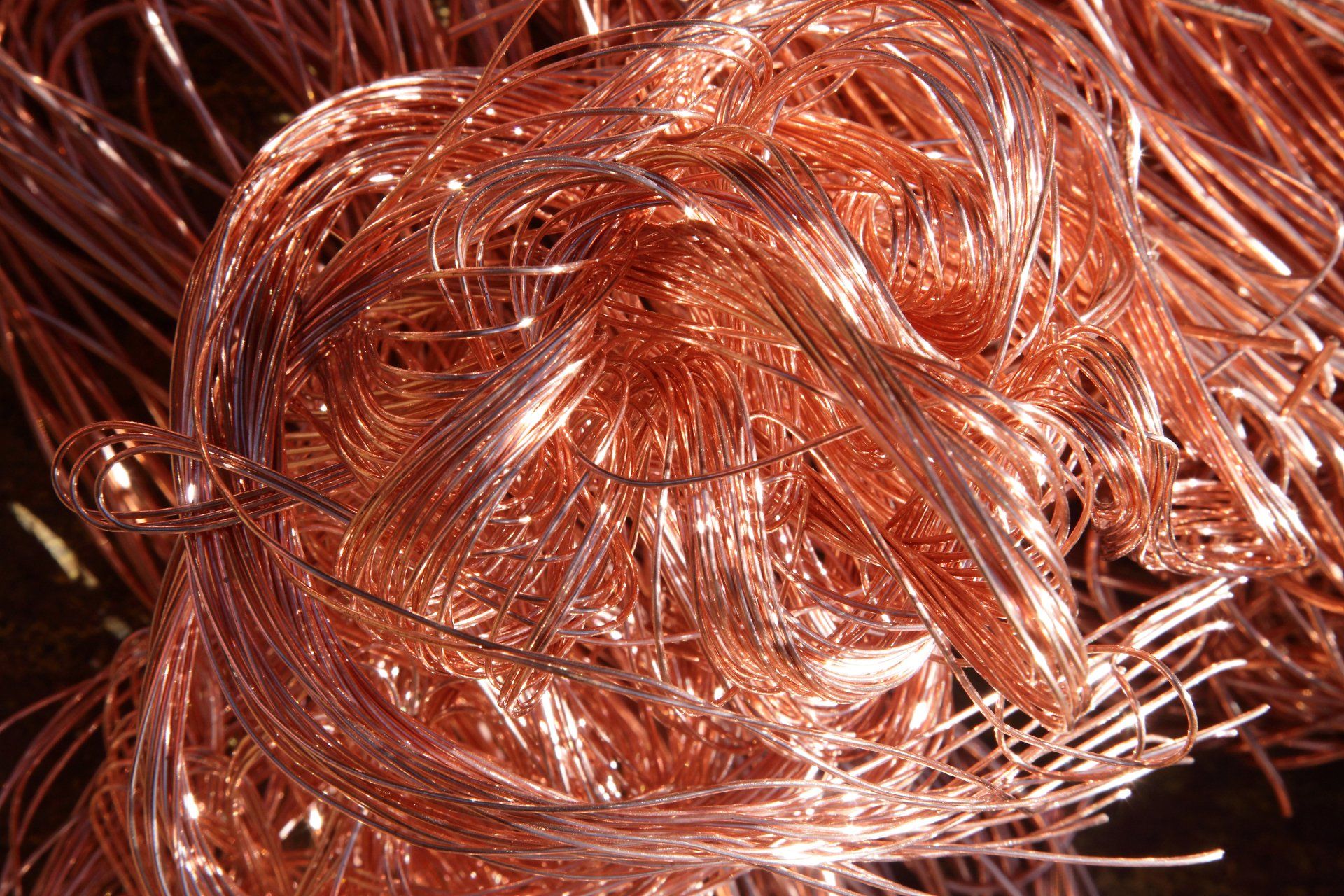How Is Asbestos Removed & Disposed Of?
By now, we’re all well aware of the dangers that asbestos presents. However, this wasn’t always the case. Up until 1999, when the material was banned, asbestos was commonplace in many areas of construction. Whether it was loft insulation, flooring, cement or boilers, asbestos was used in abundance throughout the 1960s, 70s and 80s.
Owing to the frequency at which asbestos was used before its prohibition, many older buildings still contain it. As you may already know, when left undisturbed, asbestos is relatively harmless. The dangers, however, arise when the material is moved or disturbed in any way. This poses a particular risk to tradespeople or those unaware of the material’s presence.
When it comes to the removal and disposal of asbestos, it should always be left to trained professionals. Read on to discover how this nasty material is dealt with safely.
Precautions
As is the case when handling any hazardous material, it is vital that the correct precautions are in place before the process of removal begins. Typically, the area will be cleared of all furniture, ornaments, clothing and soft furnishings to avoid contamination. For that which cannot be removed, thick polythene sheeting should be used to cover it completely.
Isolation
Once the area has been cleared as thoroughly as possible, it may need to be sealed off using plastic sheeting. It is worth noting that research indicates there is no safe level of exposure to asbestos, so this stage must be carried out with acute attention to detail. All vents and air conditioning units will need to be blocked as well.
Of course, the correct PPE equipment will need to be worn by the trained professionals handling the removal. These are likely to include coveralls, gloves, eyewear and a respirator.
Once the asbestos is disrupted and removed from situ, it is most hazardous. Airborne fibres pose a particular threat to human health, so the material will need to be promptly sealed in airtight containers or sacks.
Cleaning
After the materials have been safely removed and contained within the appropriate vessels, the area will need to be vacuumed and wiped to eradicate any remaining fibres. There are also a number of decontamination protocols that must be followed by those who have handled the material to ensure that fibres are not spread into the surrounding environment.
Disposal
The last stage in the process is to properly dispose of the removed materials. Once the asbestos has been appropriately sealed and bagged, it will be securely transported by the waste management company and disposed of at a licenced location.
Asbestos Removal By Broughshire Waste Metals
Here at Broughshire Waste Metals, we’re fully trained in the safe removal and disposal of asbestos. If you’re looking for a reliable recycling company to dispose of hazardous materials, look no further.
Get in touch with us today to discuss your requirements, we’re always happy to help.
